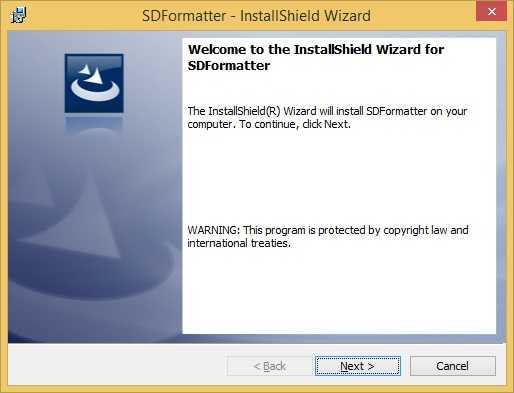

- #SD CARD FORMATTER RASPBERRY PI HOW TO#
- #SD CARD FORMATTER RASPBERRY PI FULL#
- #SD CARD FORMATTER RASPBERRY PI PASSWORD#
- #SD CARD FORMATTER RASPBERRY PI MAC#
So far, the Raspberry Pi SD card needs to be formatted so that it can be reused. I later realized that it was the wrong class. “Hi, I have downloaded the raspberry OS for my Pi onto an SD card. We will now again use this command to verify the sd card with ‘verifyVolume’.The Raspberry Pi SD card needs to be formatted You are now already aware the diskutil command is capable of quite powerful actions. We can still execute another command to confirm the disk is in good health.
#SD CARD FORMATTER RASPBERRY PI FULL#
You should now already see the SD card is restored completed: you were able to reclame the full capacity of the external flash storage. Validate to ensure you have reclaimed the disk space
#SD CARD FORMATTER RASPBERRY PI MAC#
Example output when instructing Terminal to list all the disks connected to your Mac device (both internal disks and external disks). This command will then continue and format your SD card to FAT32 file system type and rename it to ‘SDCARD’ (you can rename to something else).
#SD CARD FORMATTER RASPBERRY PI PASSWORD#
This command will execute as ‘sudo’, meaning you will likely have to enter your password to continue. Sudo diskutil eraseDisk FAT32 SDCARD MBRFormat /dev/disk2
#SD CARD FORMATTER RASPBERRY PI HOW TO#
Solution: How to reclaim SD card full storage capacity may think your SD card is corrupt or malfunctioning. If you tried to format the SD card yourself already, it will only format the first partition (because it is the only one it can ‘see’). This is the partition you want to reclaim. Partition 2: this is a hidden partition and is not shown when opening the Disk Utility on macOS.This is what I was seeing and worried me, because it is a lot smaller than the original 128 Gigabyte total storage it had when I bought it. Partition 1: this is the boot partition and in my case it was about 60MB in size.Upon flashing an operating system / image to an SD card, the SD card is divided into two partitions. Why is my SD card not showing its full capacity? And this method should work perfectly fine for SSD disks as well. This seemed strange to me as the total capacity was 128GB! Luckily in the end I found how to restore an SD card to its full capacity. Unfortunately, when I plugged in the SD card into my Macbook, I noticed there was only a small number of Megabytes as total storage. As such, I wanted to repurpose the Raspberry: remove HomeBridge from the SD card and add Home Assistant instead. While it was a great learning experience, I now wanted to try Home Assistant to control my smart home. Earlier this year, I had been flashing the HomeBridge image on an SD card to use it together with a Raspberry Pi.


 0 kommentar(er)
0 kommentar(er)
